Is the right brain hemisphere responsible for creativity? Are people with high IQs more creative? What’s the relationship between creativity and madness? In this engaging text, creativity researcher Anna Abraham explains the source of erroneous beliefs about creativity and why people embrace them so readily. By digging into the empirical evidence, Abraham brings to life the nuanced “kernel of truths” that hide within popular myths about creativity. Her exploration offers valuable guidance to readers looking to understand what may — or may not — affect their creative capacity.
The brain’s right hemisphere isn’t the sole seat of creativity.
Creativity is not confined to one brain hemisphere. The myth of the creative right brain began in the 19th century when scientists discovered the left hemisphere’s crucial role in language and intentional movement and associated it with intelligence and reason.Science associated the right hemisphere with opposite processes — instinct and madness.
In the mid-20th century, studies on “split-brain patients” — those who had the central communication point between both hemispheres, the corpus callosum, cut as a treatment for epilepsy — seemed to show both hemispheres operating independently. Tests demonstrated that the left brain directs spoken and written communication. However, many conclusions about the right brain’s functions were more speculative — extrapolated from findings about the left brain. Nevertheless, the idea that the right brain served as the locus of human creativity soon spread widely. By the 1970s, the notion that each side of the brain controlled different functions influenced business, education, and self-help.









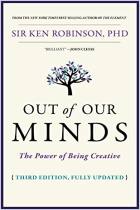
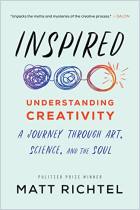


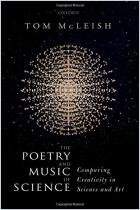
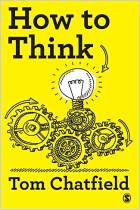



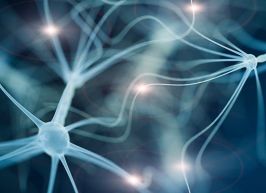


Comment on this summary